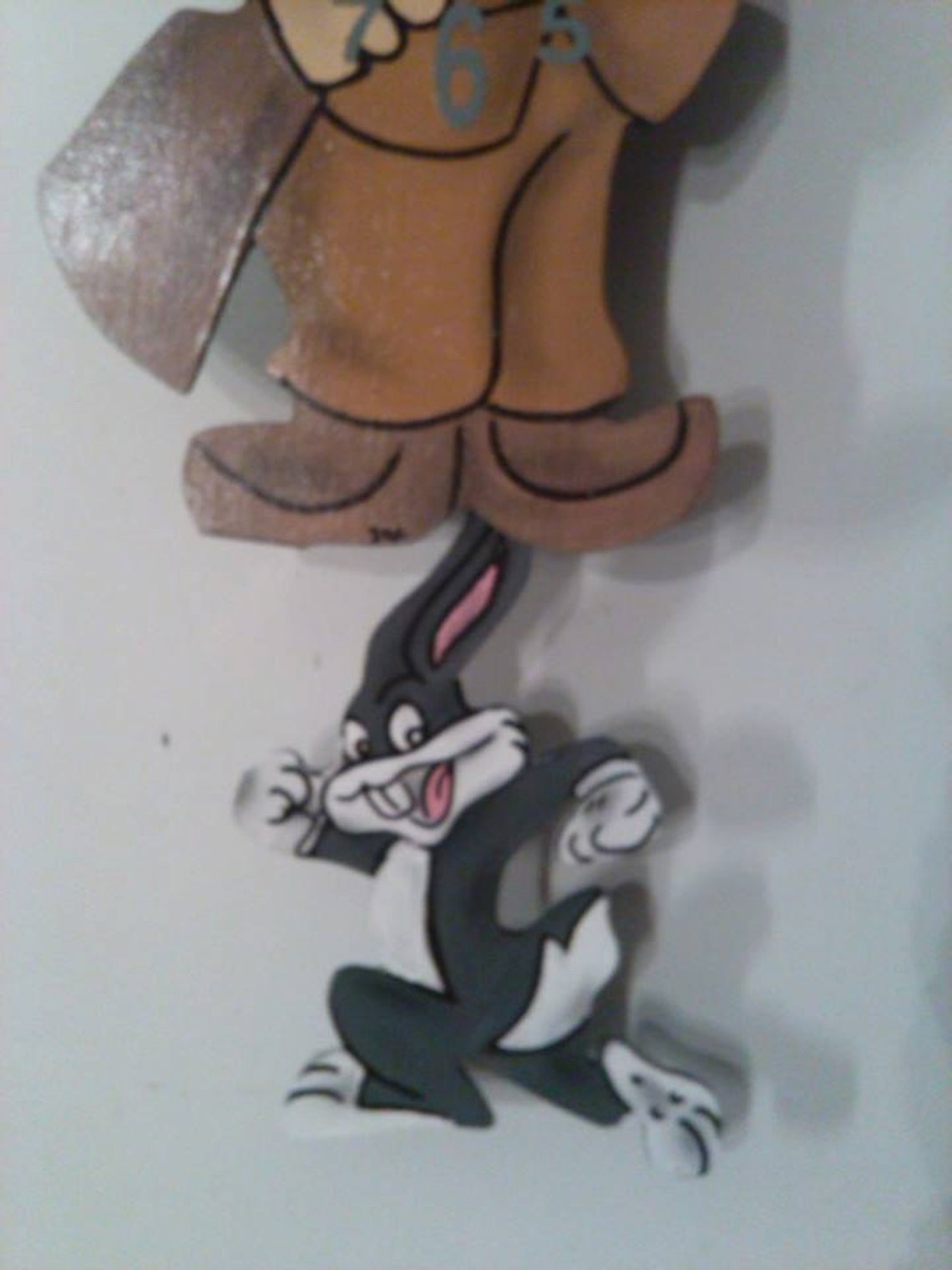

Daffy Duck, who is arguably more intelligent but less clever, is unaffected by Bugs' usual schemes, which usually results in the two trying to outsmart the other with Bugs always triumphing in the end. Most of Bugs' adversaries are extremely dim-witted, and Bugs is easily able to outwit and torment them, although on occasion they will manage to get the best of Bugs. When Bugs meets other successful characters (such as Cecil Turtle in Tortoise Beats Hare, or, in World War II, the Gremlin of Falling Hare), his overconfidence becomes a disadvantage. Other directors, such as Friz Freleng, characterized Bugs as altruistic. Bugs would pay homage to Groucho in other ways, such as occasionally adopting his stooped walk or leering eyebrow-raising (in Hair-Raising Hare, for example) or sometimes with a direct impersonation (as in Slick Hare). This line was taken from Groucho Marx and others in the 1933 film Duck Soup and was also used in the 1935 Marx film A Night at the Opera. However, as time passed on, Bugs and Daffy's rivalry has turned friendlier in nature as the two usually hang out together in most cartoons and Bugs considers Daffy his best friend despite his faults, to which Daffy says the same thing.īugs will usually try to placate the antagonist and avoid contention, but when a villain pushes him too far, Bugs may address the audience and invoke his catchphrase "Of course you realize this means war!" before he retaliates, and the retaliation will be devastating. But he has never truly succeeded, always being outsmarted by the clever hare. Daffy, jealous of his cartoon counterpart's ascension to fame, has on many occasions attempted to dethrone the rabbit. When Bugs made his appearance, he promptly replaced Daffy Duck as the most popular Warner Bros. "That happens to him all during the picture, folks."), explaining that one of his antagonists' actions have pushed him to the breaking point ("Of course you know, this means war."), admitting his own deviousness toward his antagonists ("Gee, ain't I a stinker?"), etc. "Feisty, ain't they?"), clueing in on the story (e.g. "Be with you in a minute, folks."), describing someone to the audience (e.g. He's also been known to break The 4th Wall by "communicating" with the audience, either by explaining the situation (e.g. Concerned that viewers would lose sympathy for an aggressive protagonist who always won, Jones arranged for Bugs to be bullied, cheated, or threatened by the antagonists while minding his own business, justifying his subsequent antics as retaliation or self-defense. Bugs almost always wins these contentions, a story pattern which recurs in Looney Tunes cartoons directed by Chuck Jones. Coyote, The Crusher, The Gremlin, Count Bloodcount, and a whole bunch of others. Bugs is characterized as being clever and capable of outsmarting anyone who antagonizes him, including Elmer Fudd, Yosemite Sam, Willoughby, Marvin the Martian, Beaky Buzzard, Daffy Duck, Porky Pig, the Tasmanian Devil, Cecil Turtle, Witch Hazel, Rocky and Mugsy, Wile E. He is also known for his famous catchphrase "Eh, what's up, doc?", which he typically uses as a greeting to anyone he encounters (usually while munching a carrot).

These personality traits are what gives him an advantage over his enemies, rivals, and opponents. He is a tricky, charismatic, and shrewd rabbit. He has one teeth emerging from it's mouth and four whiskers each on the sides of his pink nose.īugs Bunny doesn't exactly wear clothes, but does wear white gloves as his attire, typical for a 1940's cartoon character. Bugs Bunny is a large hare with white fur coinciding with it's overall gray-colored body.


 0 kommentar(er)
0 kommentar(er)
